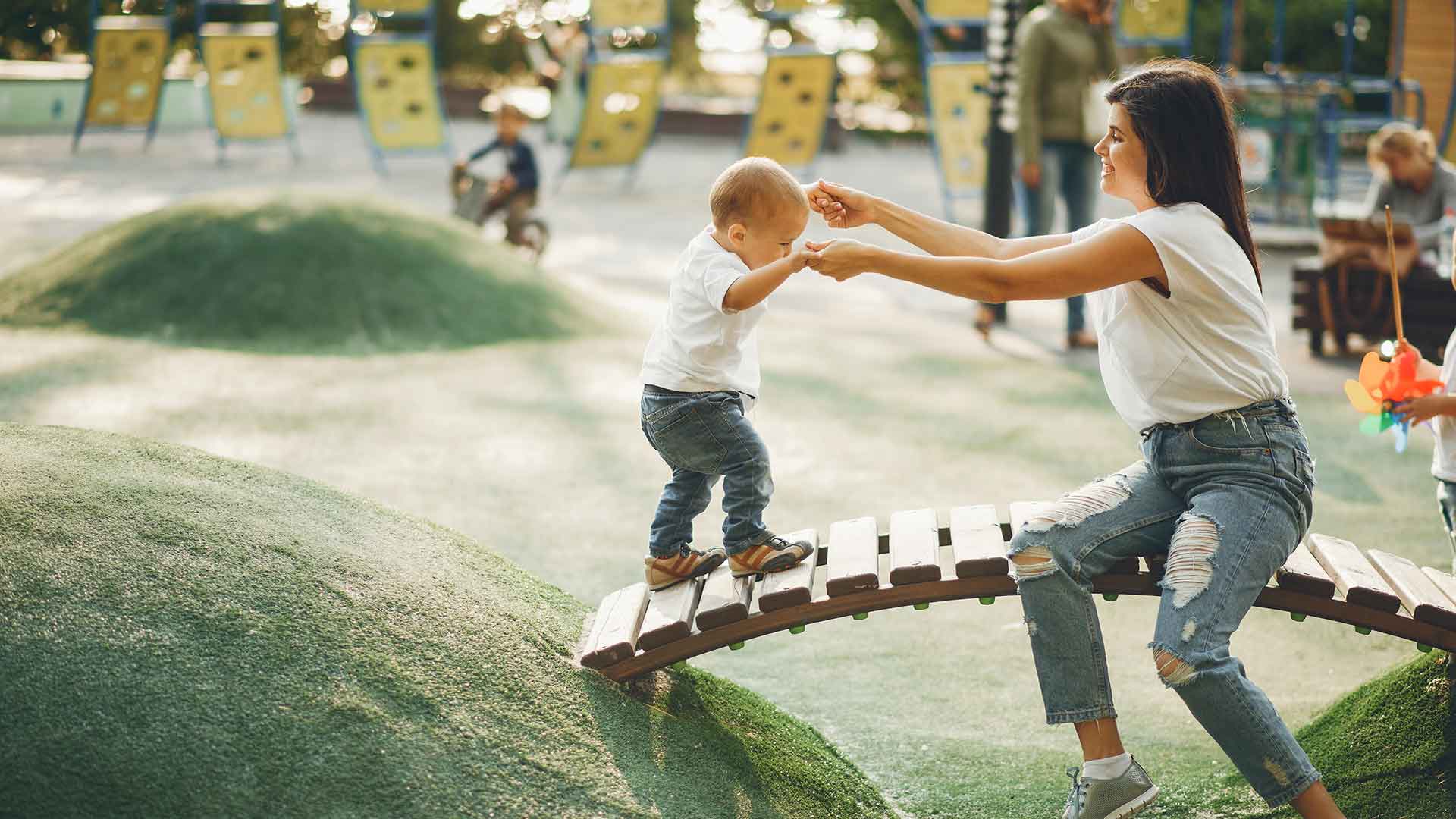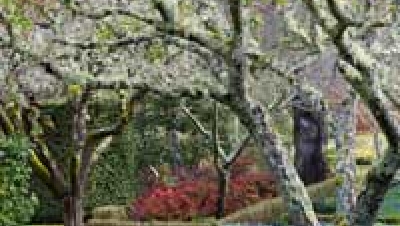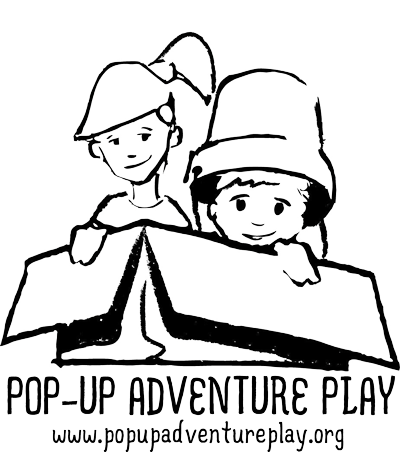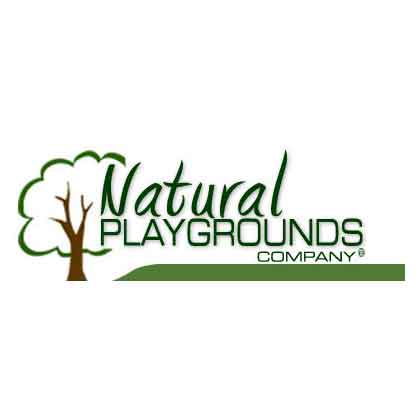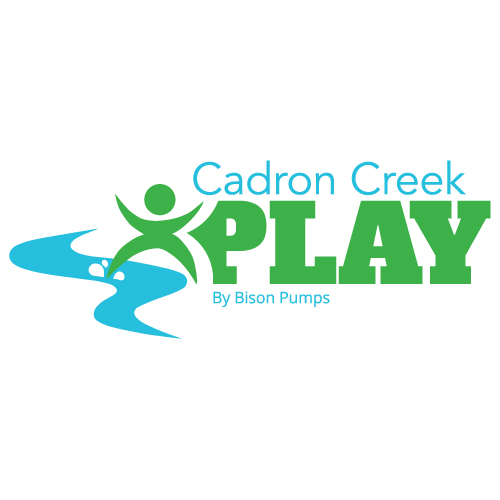Sensory play benefits children in a number of ways, including enhanced speech and language skills and better social development. But one of the biggest advantages of adding sensory play to your playground is that it promotes inclusivity. It’s not just children who will benefit from a sensory-based playground, though. It’ll also make your playground maintenance a lot easier and could even reduce the need to update your play equipment every 8 to 10 years. With all of this in mind, let’s examine how your playground maintenance will be enhanced with sensory places.
What makes a good sensory playground?
A good sensory playground allows children to use their natural curiosity to explore their surroundings. Some recommended objects and areas to include in a sensory playground include:
- Sculptures and murals
- Musical instruments
- Sand pit
- Speakers with soothing sounds, such as birds chirping and running water
- Sensory water play
- Water features
- Plants
- Stepping stones
- Climbing frames
- Balance beams
- Mazes
- Fragrance garden
- Tunnels
- Mud kitchen
- Mosaics
- Wind chimes
- Blocks
- Chalkboards
Materials to use
A sensory playground should include lots of texture and patterns, so you must bear this in mind when choosing materials. It’s also worth considering that 64% of parents say they want products to be sustainably sourced. For this reason, use as many materials as possible that are sustainable. Timber, straw, stone, and mud are some of the most responsible resources to use in construction. Sustainable timber is strong, durable, and aesthetically pleasing, while bundles of straw are robust and affordable. As long as the stone is locally sourced, it’s sustainable. Plus, it can last longer than a lifetime. Meanwhile, mud is something you can’t get away from, so it makes sense to make the most of it in a sensory playground.
Preventing boredom
No two sensory playgrounds are the same. Then, there’s the fact that there’s so much to do and experience. There’s no time for boredom as every visit will be different. For example, a visit after rainfall will evoke smell senses as plants secrete oils that give an earthy smell in the rain. Whereas, on a windy day, the windchimes will be a lot more exciting than on a calm wind-free day.
Easy maintenance
Another problem that occurs when kids get bored at playgrounds is vandalism. As sensory parks offer something for everyone, boredom is unlikely and vandalism won’t be a problem. Also, sensory playgrounds encourage creativity in responsible rather than destructive ways. But even if part of the playground was vandalized, the durable materials used can withstand abuse. It’s common to see playgrounds vandalized with graffiti. But when it’s on sustainable, sensory materials, such as wood, it’s easy to remove with a pressure washer.
Less downtime
Children need sensory playgrounds to build their problem-solving skills and develop their curiosity. Sensory play is also crucial for the development of fine motor skills and cognitive growth. Science says that sensory play is vital for children of all ages, including newborns. Speaking about cognitive development, psychologist Jean Piaget, shared his views that between the ages of 0 and 2 years, children learn about cause and effect when they use their senses through play-based activities. The low-maintenance nature of a sensory playground helps children to develop and grow. A playground like this is something that parents and children can always rely on. This is in contrast to a traditional playground with swings and climbing frames. If a piece of play equipment in these types of parks gets broken or is deemed unsafe, the offending piece of equipment is fenced off. But, it’s not entirely impossible that the entire playground would be closed. It typically takes councils months to replace equipment, as was previously demonstrated at New Zealand’s Kaitaia’s Centennial Park playground. Following the theft of a swing, it took two months for it to be replaced. Thankfully, this is unlikely to happen in a sensory playground as the equipment is durable, easy to look after, affordable, and easy to replace, and more likely to be looked after due to the overwhelming benefits it gives to kids.
Playground maintenance is a constant task that must be thoroughly carried out to ensure the safety of all children. By installing a sensory playground, you’ll make life easier for yourself as they’re easier to maintain than traditional parks. Not only that, but you’ll also be providing local children with a safe place to play that’s nurturing and inspiring.

